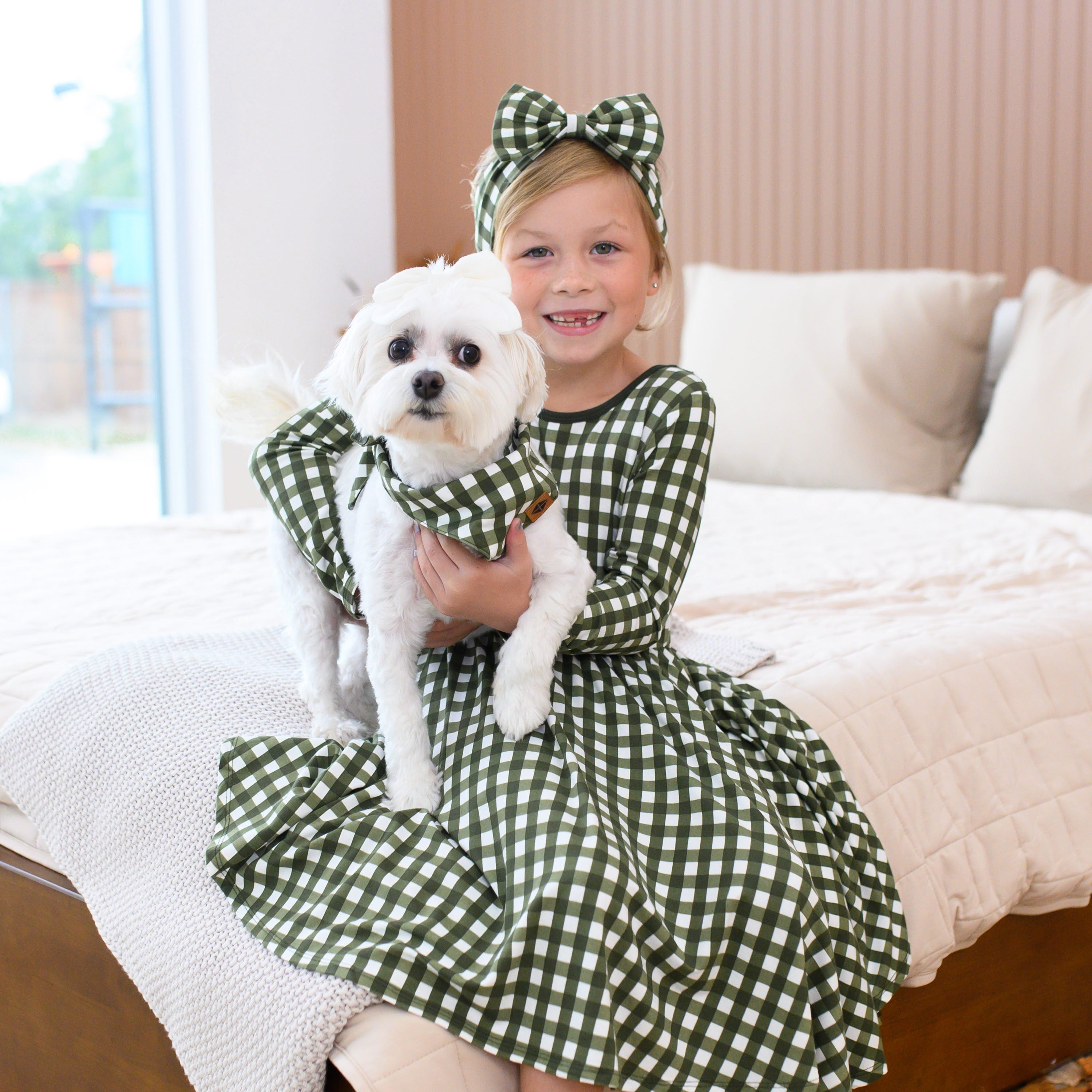
Here’s what we do know: tired babies don’t eat well and hungry babies don’t sleep well! So learning the cues for each as well as other helpful feeding recommendations can make feeding and sleeping a little easier for your child (and you)!
In this blog we will cover:
- Hunger cues
- Sleep cues
- How to tell the difference between the two (fullness cues for example)
- Responsive feeding
- Breastfeeding considerations
- Formula feeding considerations
- Pumping considerations
What are Hunger Cues?
Babies have early feeding cues, active feeding cues and late feeding cues. Typically, you want to try to catch the early feeding cues so that you have an easier time feeding your little one! The longer you wait, the fussier they may get and the harder it may be to get a full feeding in them.
Some early feeding cues consist of: smacking or licking lips, opening and closing mouth, sucking on lips, tongue, hands, fingers, etc.
Some active feeding cues consist of: rooting around on the chest of whoever is holding them, trying to position themselves in a feeding position, fidgeting or squirming a lot, hitting you on your arm or chest, fussing or breathing heavy
Some late feeding cues consist of: moving head frantically from side to side and crying (red faced).

What are sleep cues?
Early tired signs may look like:
- pulling at ears
- closing fists
- yawning
- fluttering eyelids or difficulty focusing – your baby might even go cross-eyed or seem to be staring into space
- making jerky arm and leg movements, or arching backwards
- frowning or looking worried
- Red eyebrows
- sucking on fingers – this could be a good sign and might mean that your baby is trying to find ways to settle to sleep.
Late tired signs may look like:
- Fussing
- Crying
- Difficult to settle
- Doesn’t respond to distraction
- Doesn’t eat well/difficulty latching
The younger the baby, the more sensitive they are to being awake for too long between naps, resulting in overtiredness. Some babies will give very clear signs and you'll have heaps of time to get them prepared for bed so they're asleep at the right time. Some babies won't really show any tired signs until it's too late. Some babies will show tired signs quite early on, but this doesn't necessarily mean they're actually ready for bed (tricksters)!

How do you tell the difference between hunger or tired cues?
While there are some clear signs a child is tired instead of hungry, it isn’t always that way! Fussing could go either way for example, whereas yawning is a more clear sign of being tired and rooting is a more clear sign of being hungry.
It can feel overwhelming, especially with a newborn who sleeps and eats all the time to try to figure out their cues!
Something that can really help is to listen to your baby intentionally and notice the different tones, sounds, and pitches for varying needs. It’ll take time and practice!
When they cry, pause to allow yourself a chance to observe and listen. This will help you determine what they’re needing in that moment. If you rush in with the goal to react instead of respond, you may miss a subtle clue to their need in that moment.
The pause technique is powerful, as you’re allowing your baby a chance to communicate to you, and then you’re responding based on the information you gathered from them.

WHAT IS RESPONSIVE FEEDING
Important things to note about responsive feeding: helps your child develop healthy eating habits, lowers the risk of becoming overweight, helps your child learn to feed themselves, makes meal time easier, and we can more easily bond with our child!
In order to practice responsive feeding, make sure your child is comfortable and minimize distractions, watch signs of hunger or fullness, respond promptly to their feeding cues (if she seems full, allow her to stop eating), focus on being warm and affectionate during feeding times.
Please remember that it is not the method of feeding that allows you to bond with your child, but the interaction during feeding! Warm, nurturing bottle feeding can from a more secure attachment and bond that tight, mechanical breastfeeding.
When your baby is full, he may start and stop eating often, unlatch often, spit out or ignore the breast or bottle, slow down/fall asleep, fidget or get distracted easily, turn away from the food source.
Relaxed and open hands are also a sign that baby is full!
Responsive feeding is so important so that we don’t override our babis internal hunger and fullness cues. It can also affect their ability to self-regulate or control his eating and emotions.
Breastfeeding Considerations
It’s so hard as a nursing parent to feel confident that your child is eating enough! Responsive feeding, learning their cues, and monitoring things like weight gain + diaper output is a great way to know if they’re eating well.
Unfortunately, babies can get fussy for a lot of different reasons and it can really make you question if they’re fussing out of hunger.
If the above checks out (weight gain + diaper output), try ruling out other reasons they could be fussy (gas, overtired, overtsimulated) and always check in with your doctor if you’re concerned about their intake!

Formula Feeding Considerations
With bottle feeding, it is also important to look for signs that your baby has had enough. These signs include turning the head away, refusing to suck and becoming fidgety or frustrated. Just as it is important to be aware of hunger cues, it is also important to respect signs that your baby is full and let him take the lead on how much he eats.

Pumping Considerations
If you are going to journey down the path of exclusively pumping, then it is definitely important to have a good quality double electric breast pump!
Because a newborn often eats every 2-3 hours on demand, most experts suggest it is best if mom can come close to matching what the normal nursing baby would do at the breast, and recommend she pump about every two hours, not going longer than three hours between sessions.
It is helpful to be on an opposite schedule of your newborn for pumping and feeding so that you are not having to constantly pump during or right after a bottle feeding for your baby. It’s safe to say feeding a baby in any way shape or form is a full time job!
It can be beneficial to pump after a few feedings during the day if you are trying to supplement breastmilk in a bottle or having some extra milk on hand when needed! Generally pumping after the first morning feed will yield the most output.
As always, the biggest takeaways from this article is that we respond to our infant’s feeding cues instead of trying to put them on a specific schedule (unless otherwise directed by a physician). Any method of feeding can help to foster your bond and attachment with your baby! Try to set aside distractions (like your phone or television) and devote that time to tuning into your little one. (But don’t feel guilty if you need to check out sometimes)!
AUTHOR: Ashley Olson is a certified pediatric sleep consultant and certified breastfeeding counselor owner of Heaven Sent Sleep and The Collective for Family Rest and Wellness, and passionate about helping new parents, experienced parents, desperate and sleep-deprived parents form healthy sleep habits for their children.
She has over 4 years of experience in working with families and has completed over 150 hours of coursework plus continuing education related to infant and toddler sleep. The focus of her work is on fostering a routine that grows your bond with your child while improving their sleep habits. She specializes in custom sleep plans and one on one support in changing sleep practices!
























